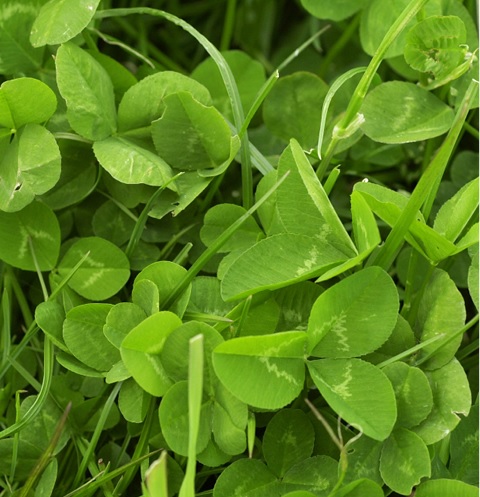Uist Soil & Nutrient Network: 2nd Meeting – Event summary
19 December 2018This was the 2nd meeting of the Uist Soil & Nutrient Network Farm.
The meeting began with a recap of the previous meeting and discussion on the proposed changes being implemented on the host farm.
David Lawson, SAC consulting then went on to discuss the importance of grass seed selection. This was followed by a look at the typical fertiliser applications which should be applied in a range of Uist specific cropping scenarios; this included the best type of fertilisers to use and optimum application timings.
The next session as led by SAC Vet Heather Stevenson who gave the group and informative talk on the ins and outs of mineral and vitamin supplementation of livestock.
The meeting was concluded with a discussion led by David Lawson on reseeding where a number of worked examples highlighting the costs and benefits were discussed.
The key take-home messages from the event were :
1. In order to improve grassland quality consider using mixes which contain a high percentage of late heading varieties, this will help particularly where late silage cuts are being taken as a result of Agri-Environment commitments.
2. Consider splitting N applications on silage fields with half applied at the start of the grazing season and the remainder applied when fields are shut off for silage.
3. Ensuring swards contain good contents of clover or other legumes will help to reduce the levels of bagged nitrogen which needs to be applied. Due to the tough growing conditions in Uist clover varieties should be small-leaved varieties as these are hardier and more likely to endure the climate. As a substitute to clover birds foot trefoil could also be added to the mix.
4. If livestock do not seem to be performing it is worth blood sampling to determine what their trace element status is so that remedial action can be taken.
5. With grant aid available through CAGS for crofters now is a sensible time to look at rejuvenating old pastures. Applying lime and nutrients to these fields should help to facilitate an increase in grass growth and quality
- Technical note (TN696): Recommended Grass and Clover Varieties 2017-2018
- The agricultural industry in Scotland is co-operating in a scheme to ensure the continuation of the SRUC Recommended List of grass and clover varieties. The scheme, with the support of NFUS,AIC, SSTA and BSPB, involves a contribution for every kilogram of herbage seed sold.
- Topics: Soils and Crops and Soils
- Practical Guide: Soil sampling I – How to take a soil sample
- This practical guide details what is required to take a soil sample for analysis that is representative of the area sampled.
- Topics: Climate Change, Soils and Water Management
- Practical Guide: Soil sampling II – Benefits to your business
- This practical guide details how soil sampling can benefit businesses by increasing productivity and create efficiencies on fertiliser inputs through better nutrient planning.
- Topics: Climate Change, Soils and Water Management
Sign up to the FAS newsletter
Receive updates on news, events and publications from Scotland’s Farm Advisory Service

